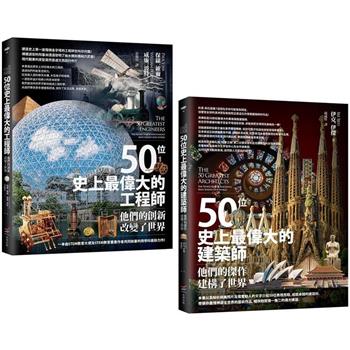How do we combine the areas of intersection between science and indigenous knowledge, but without losing the totality of both? This book’s objective is to consider how Indigenous populations have lived and managed the landscape. Specifically, how their footprint was a result of the combination of their empirical knowledge and their culture. The chapters are divided into four groups: The first deals with reintegrating cultures and natural landscapes and the role of kinship and oral tradition. The second group approaches the landscape as a living university of learning and managing, discussing the ethnobotany of how to grow more responsibly, and assess and project the harvest. The third group deals with the managing of fire in an anthropogenic plant community and how to integrate indigenous agriculture in hydrology and dry regions. The fourth group consists of studies of how science and indigenous knowledge can be taught in schools using land-based studies.












